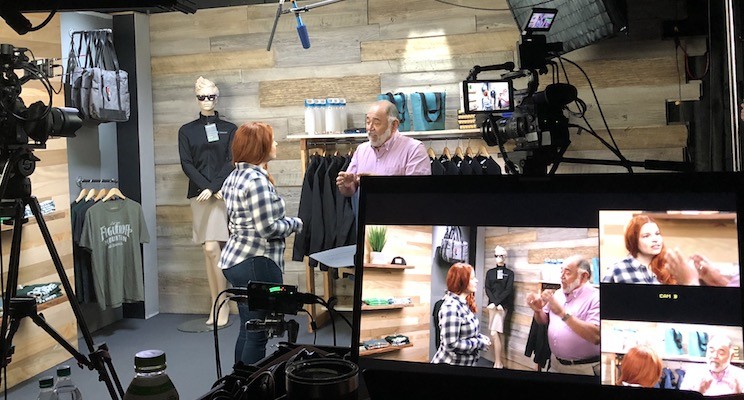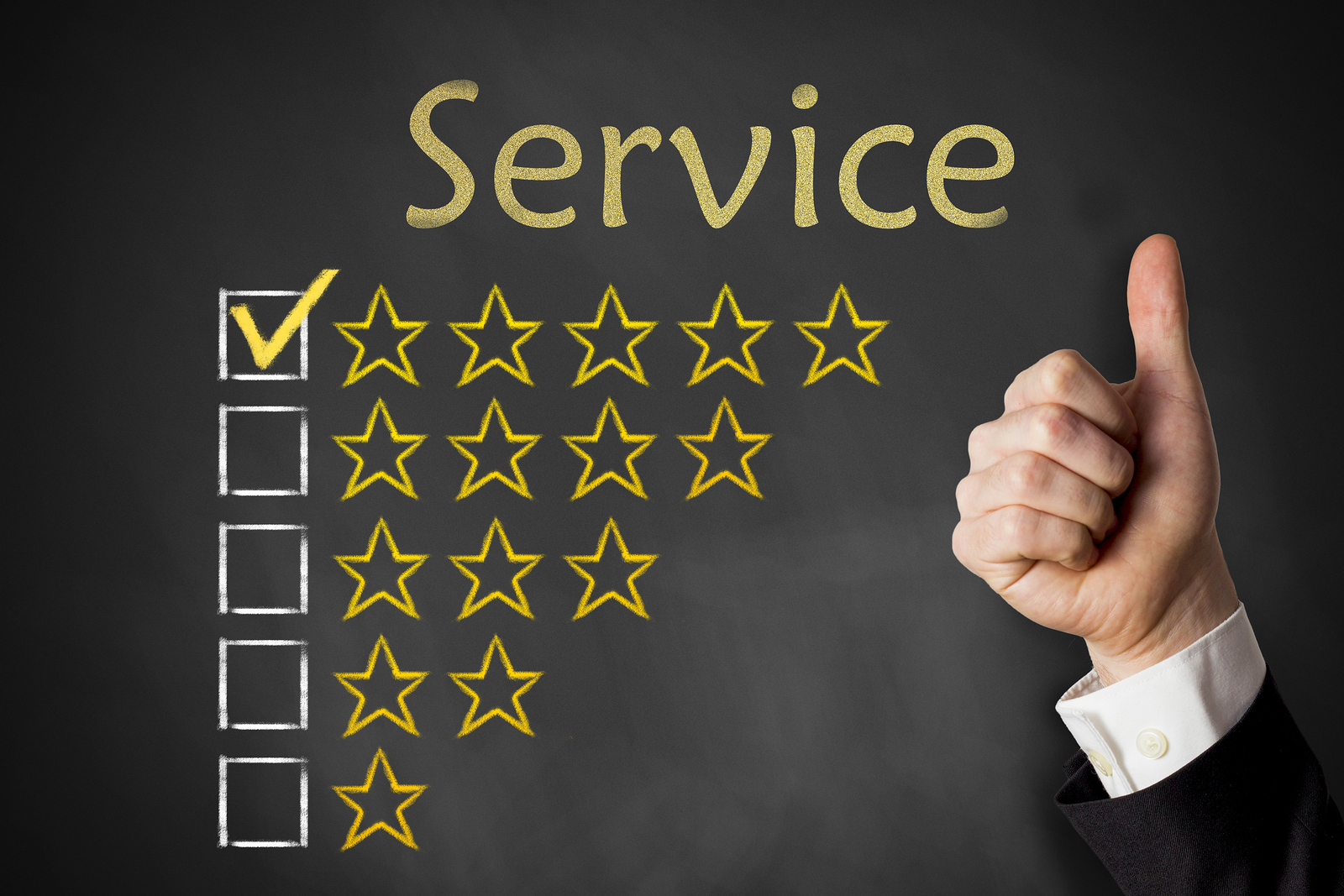I typically have a lot of conversations with customer service leaders this time of year who want to hire me to conduct training for their team. I almost always try to talk them out of it.
Yes, I realize I'm talking myself out of paying clients. But my goal in these conversations is to be helpful. The surprising truth is video is usually much more effective than hiring an external consultant for frontline customer service training.
This blog posts lays out the reasons why video can be better.
Why should you believe me?
I've spent more than 25 years as a customer service trainer.
I'm a Certified Professional in Learning & Performance (CPLP).
I'm a past president of the Association for Talent Development’s San Diego chapter.
Two important caveats here:
One: In the interest of full disclosure, I have 18 training videos in the LinkedIn Learning library. I started working with LinkedIn Learning in 2013 when I realized the power of video.
Two: The focus here is on customer service training. I'm in no way suggesting that video is the best way to learn any skill.
Video Costs Less
Let's start with the easy one. Using training videos can run as little as 10 percent of the total cost of hiring an external trainer.
Keep in mind the trainer's fee is just one of the expenses you'll pay:
Trainer's fee
Licensing and printing fees for materials
Labor cost of employees attending training
Labor cost of employees who provide coverage during training
Facilities cost
Catering cost
Here's a simplified cost comparison I worked up for this blog post.
Notice employees are spending far less time in training with the video example. My training videos typically take 50-75 percent less time to complete than a live class.
This is a key part of the cost/benefit equation, and it also leads us to the second area where video is superior.
Video is More Flexible
Hiring an external trainer can be a logistical challenge.
First, there's getting a date on the calendar. My next available date is three months from now. Internally, you likely have busy and slow periods to contend with along with employee vacations and other initiatives competing for time.
The day of training is also complicated. Most businesses don't have the luxury of shutting down their operation to send everyone to training. A typical solution is to divide the team into two or more classes, and then run extra shifts and even overtime to maintain coverage while some people attend the workshop.
But your troubles don't end there. What do you do if someone calls in sick that day? Or what happens when you hire two new employees next month? Those people missed the class entirely.
My training videos are on demand, which means each individual can watch them when convenient. You could assign a few videos to everyone on the team, give them a week to watch them, and have each person watch just a few minutes at a time.
This minimizes the disruption to your operation. And it allows new hires to attend the same training as the rest of the team. Watching the video on demand also has an incredibly important learning benefit. which we’ll get to next.
Video is More Effective
By now, most leaders tell me, "Ok, I understand that video costs less and is more convenient, but I'm willing to spend the money to get the best results."
The surprising response to that is video is still the way to go! Here's a simple exercise to help you understand the problem with a full or half-day live training class.
Think about the last customer service seminar or conference you attended.
Try to recall about how much material was covered during that time.
Now identify how much material you actually implemented.
The answer for most people is depressingly low.
That's because we're typically bombarded with too much information during a live workshop. We learn best when we receive new information in small chunks and have a chance to implement that information repeatedly over time.
This is where video really shines!
All of my video courses are split into short segments that are 3-5 minutes long. The intent is to watch just one or two segments, identify the specific skills they cover, and then go back to work and implement those skills.
For example, in this training plan for learning to serve upset customers, participants start by watching just two videos that total less than 10 minutes. The videos focus on understanding why customers get upset, and how a customer's anger can influence our instinctive fight or flight response.
Participants are then asked to go back to work and spend time implementing what they learned from these short videos. After a few days of practice, people will greatly improve their skills, and they can go back and watch the next video.
This leads to another benefit. Video gives you an opportunity to review content as needed. So if you had a particularly challenging customer, but can't remember that de-escalation technique you learned a few months ago, you can go back and re-watch the video to refresh your skills.
Conclusion
You don't have to believe me. I encourage you to run your own experiment and see how video can improve customer service training.
Here are some resources that will allow you to try this at little to no cost:
First, you'll need access to either LinkedIn Learning or Lynda.com. You can get a free 30-day trial account if you don't already have a subscription.
Next, pick a topic from the enormous library. I've already laid out a training plan for using the Working with Upset Customers course, but there are many courses to choose from.
Finally, send your team through the training and see what type of results you get. You can use this primer to learn how to use the videos effectively.
As always, you can contact me for assistance. I’m happy to have a conversation and walk you through it.













